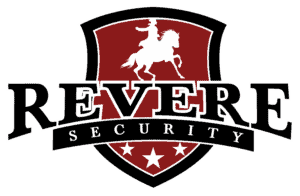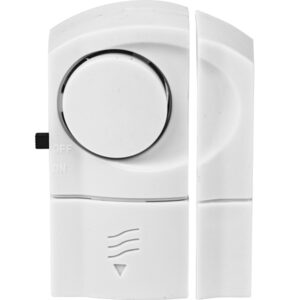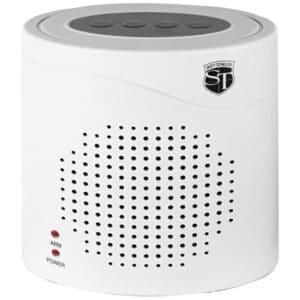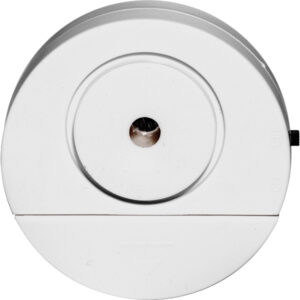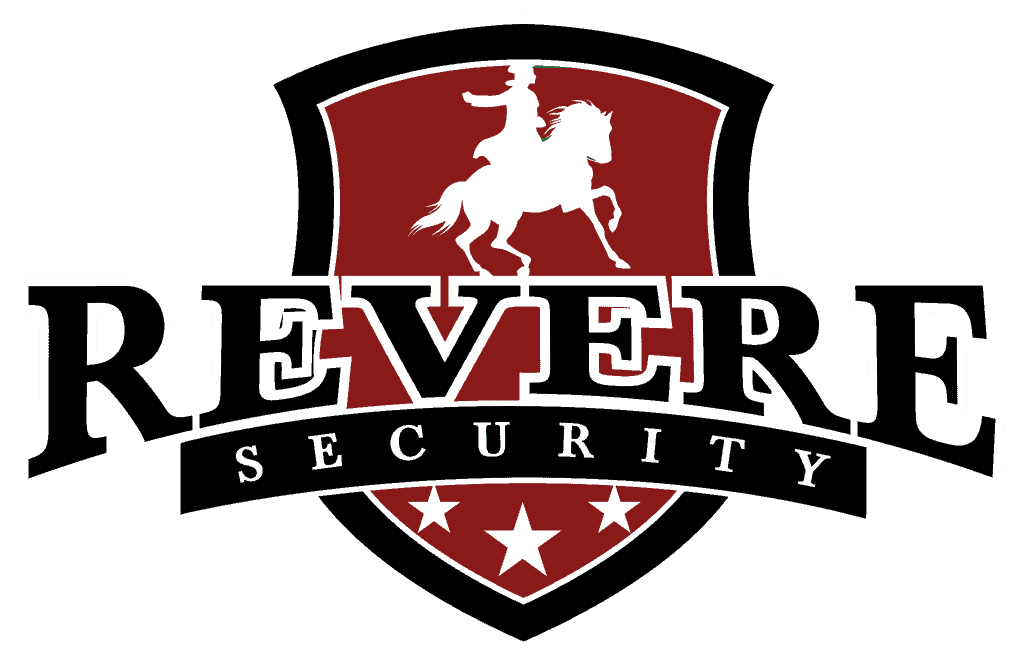A Do-It-Yourself (DIY) home alarms
These are alarms that homeowners can purchase, install, and manage on their own, without the need for professional installation or ongoing maintenance services from a security company. These can include door and window alarms, area monitors, barking dog alarms and pool alarms.
Components of a DIY home alarm system may include:
- Sensors: There are various types of sensors, including door and window sensors that detect openings or closings, motion detectors that sense movement within a room, glass break sensors that detect the sound of breaking glass, and more.
- Alarms: These can include sirens and strobe lights that activate when the system detects a breach.
Uses of a DIY home alarm system include:
- Intruder Detection: The primary use is to detect unauthorized entry into your home and alert you to potential burglaries.
- Safety Monitoring: Some systems can monitor for smoke, fire, carbon monoxide, or water leaks, providing an early warning to help prevent disasters.
- Remote Surveillance: With the integration of cameras and smart features, homeowners can monitor their property remotely, checking in via their smartphones or other devices.
- Peace of Mind: Even when you’re away from home, a DIY alarm system can provide the peace of mind that comes with knowing your property is being monitored.
DIY home alarm systems are popular due to their affordability, ease of installation, and the fact that they often do not require long-term contracts or monthly fees that are common with professional security services. They are also flexible, allowing homeowners to expand or modify their systems as needed. However, it’s important to note that DIY systems may not have the same level of monitoring as professional systems, and in the event of an emergency, the homeowner is typically responsible for contacting emergency services.
